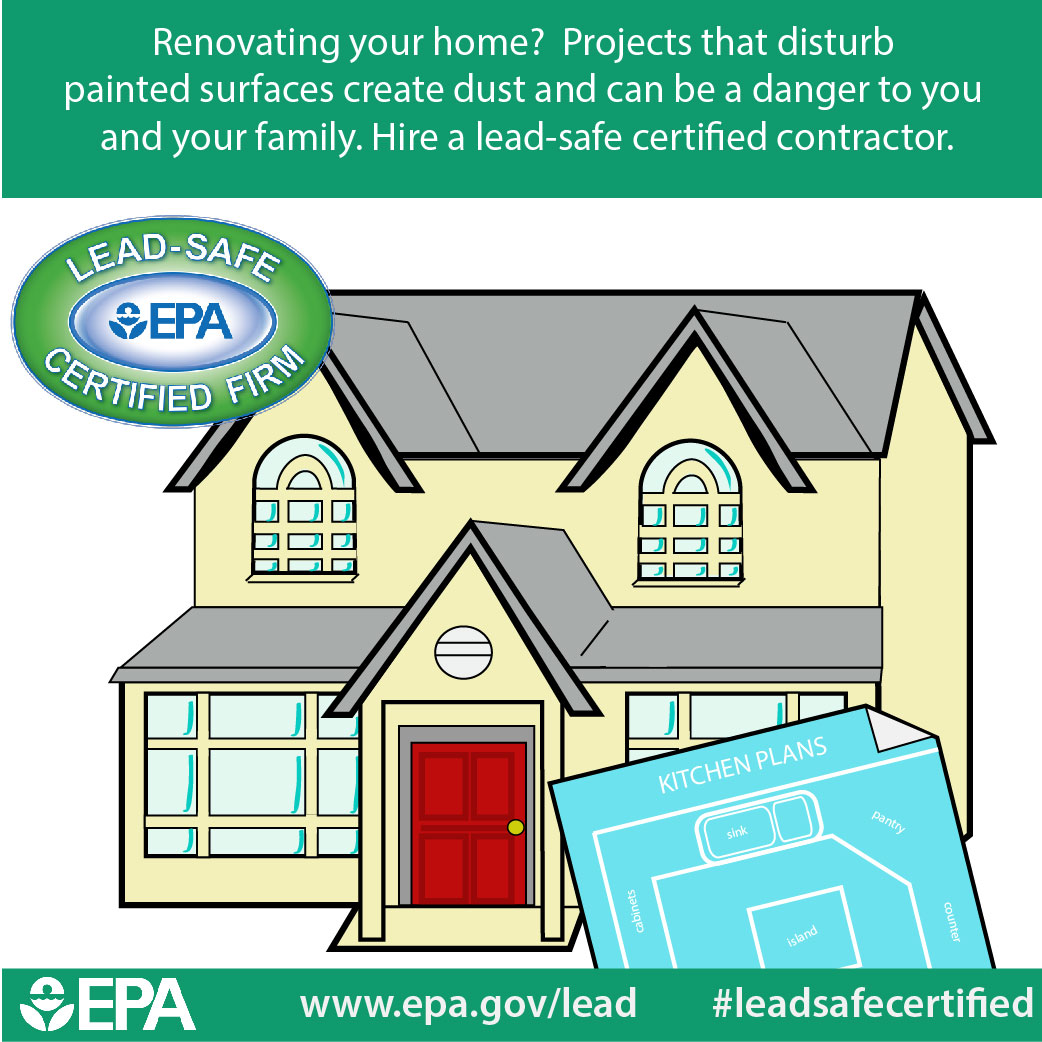Discover How Seasonal Impacts Can Affect The Efficiency Of Industrial External Painting And Figure Out The Most Beneficial Times To Guarantee Long Lasting Results For Your Project
Discover How Seasonal Impacts Can Affect The Efficiency Of Industrial External Painting And Figure Out The Most Beneficial Times To Guarantee Long Lasting Results For Your Project
Blog Article
Content Created By-Doherty Rosendal
When you're planning a business outside paint project, seasonal elements can make or damage your outcomes. You'll want to take into consideration how temperature and humidity influence paint application and drying out times. Choosing decks & fence stained can ensure your paint adheres appropriately and lasts much longer. However which interior painting contractor are absolutely the best for this sort of work? Let's explore the key elements that can influence your project's success.
The Effect of Temperature on Paint Application
When you're intending a commercial exterior painting task, the temperature can significantly influence exactly how well the paint adheres and dries.
Ideally, https://rylanfllul.bloguerosa.com/33314485/from-ordinary-to-phenomenal-find-out-how-specialist-house-painters-can-boost-your-home-s-allure intend to repaint when temperature levels vary in between 50 ° F and 85 ° F. If it's also cool, the paint might not treat properly, resulting in concerns like peeling or breaking.
On the flip side, if it's as well warm, the paint can dry also rapidly, stopping correct adhesion and leading to an uneven finish.
You should also consider the time of day; early morning or late afternoon supplies cooler temperatures, which can be more desirable.
Always examine the maker's referrals for the specific paint you're using, as they usually offer support on the optimal temperature level range for optimal outcomes.
Humidity and Its Result on Drying Times
Temperature isn't the only ecological factor that influences your business external painting project; moisture plays a considerable role too. High moisture degrees can slow down drying times dramatically, affecting the overall top quality of your paint work.
When the air is saturated with wetness, the paint takes longer to treat, which can result in issues like inadequate attachment and a higher risk of mold development. If you're repainting on a particularly humid day, be planned for extended delay times in between layers.
It's essential to monitor neighborhood weather and plan as necessary. Ideally, aim for moisture degrees in between 40% and 70% for optimal drying.
Keeping these factors in mind ensures your task stays on track and delivers a lasting surface.
Best Seasons for Commercial Exterior Paint Projects
What's the most effective time of year for your business outside painting jobs?
Spring and early loss are usually your best options. During these periods, temperature levels are light, and humidity degrees are frequently reduced, producing ideal problems for paint application and drying.
Stay clear of summer's intense heat, which can create paint to dry also quickly, leading to inadequate attachment and finish. In a similar way, winter months's cool temperature levels can prevent proper drying and treating, running the risk of the durability of your paint work.
Aim for days with temperatures between 50 ° F and 85 ° F for optimal results. Keep in mind to inspect the regional weather forecast for rain, as wet problems can destroy your job.
Preparation around these variables guarantees your painting job runs smoothly and lasts much longer.
Conclusion
Finally, intending your business exterior paint tasks around seasonal factors to consider can make a significant distinction in the result. By organizing work during the ideal temperature levels and humidity degrees, you'll guarantee far better adhesion and drying times. Keep in mind to keep an eye on neighborhood weather report and choose the right time of year-- springtime and early fall are your best choices. Taking these steps will certainly aid you achieve a resilient and specialist surface that lasts.
